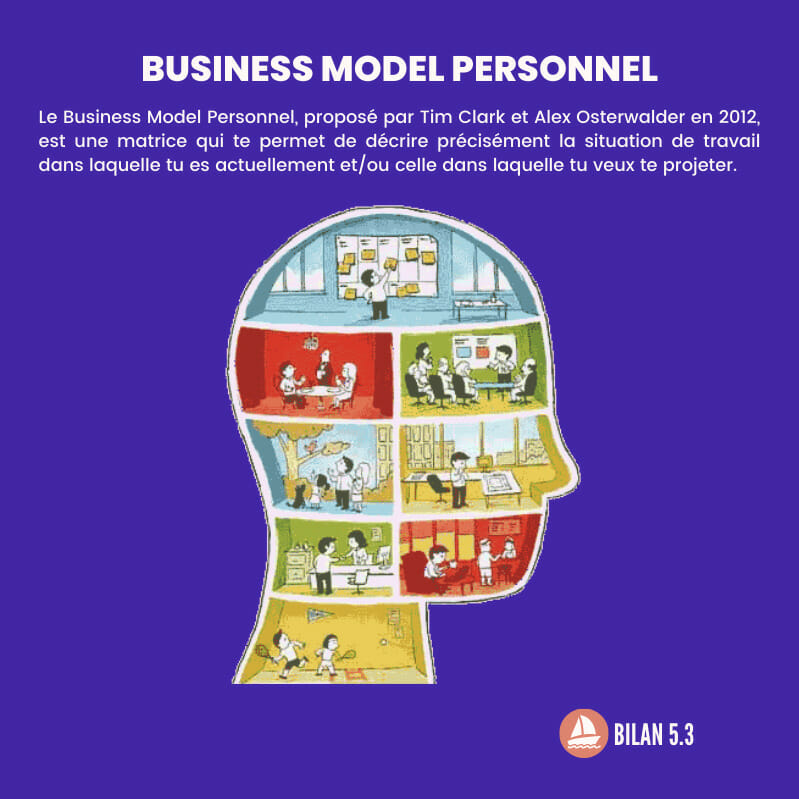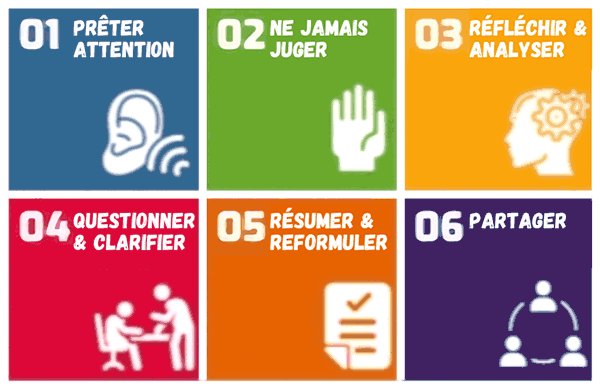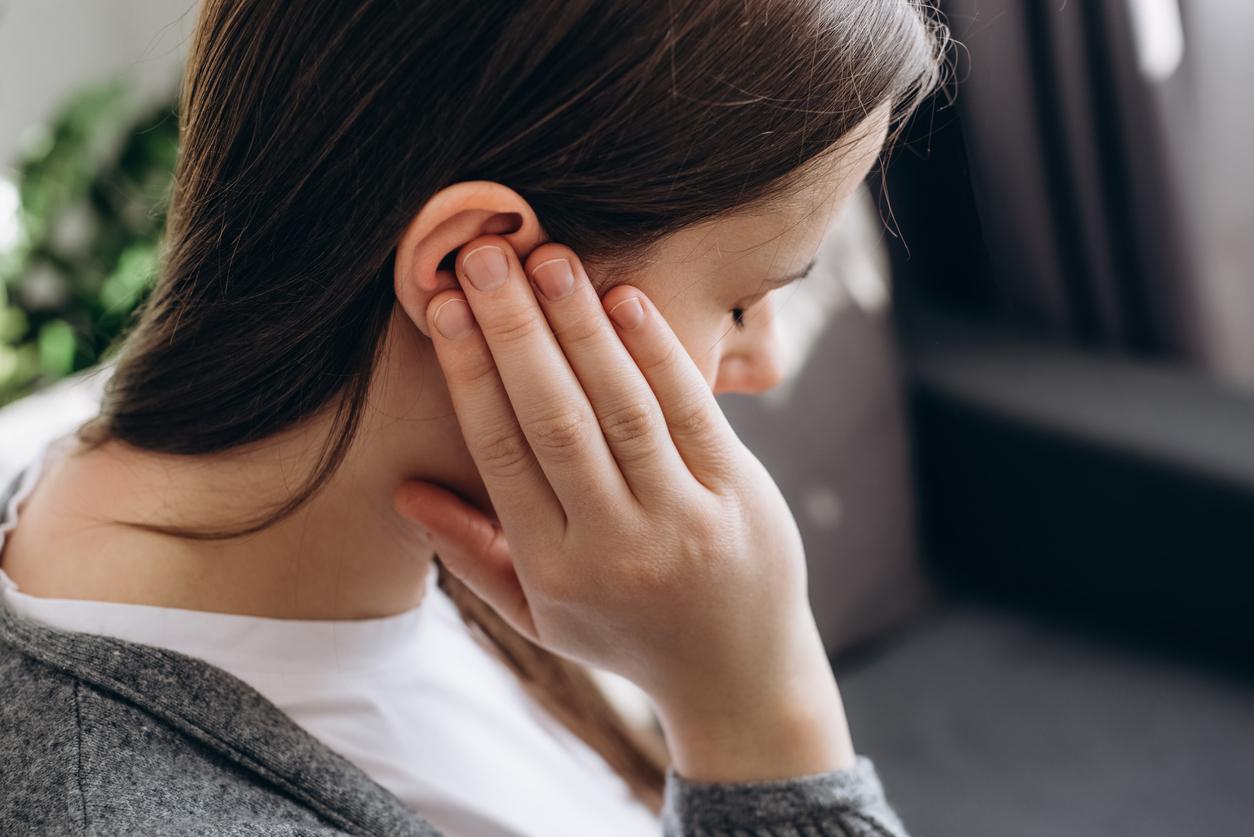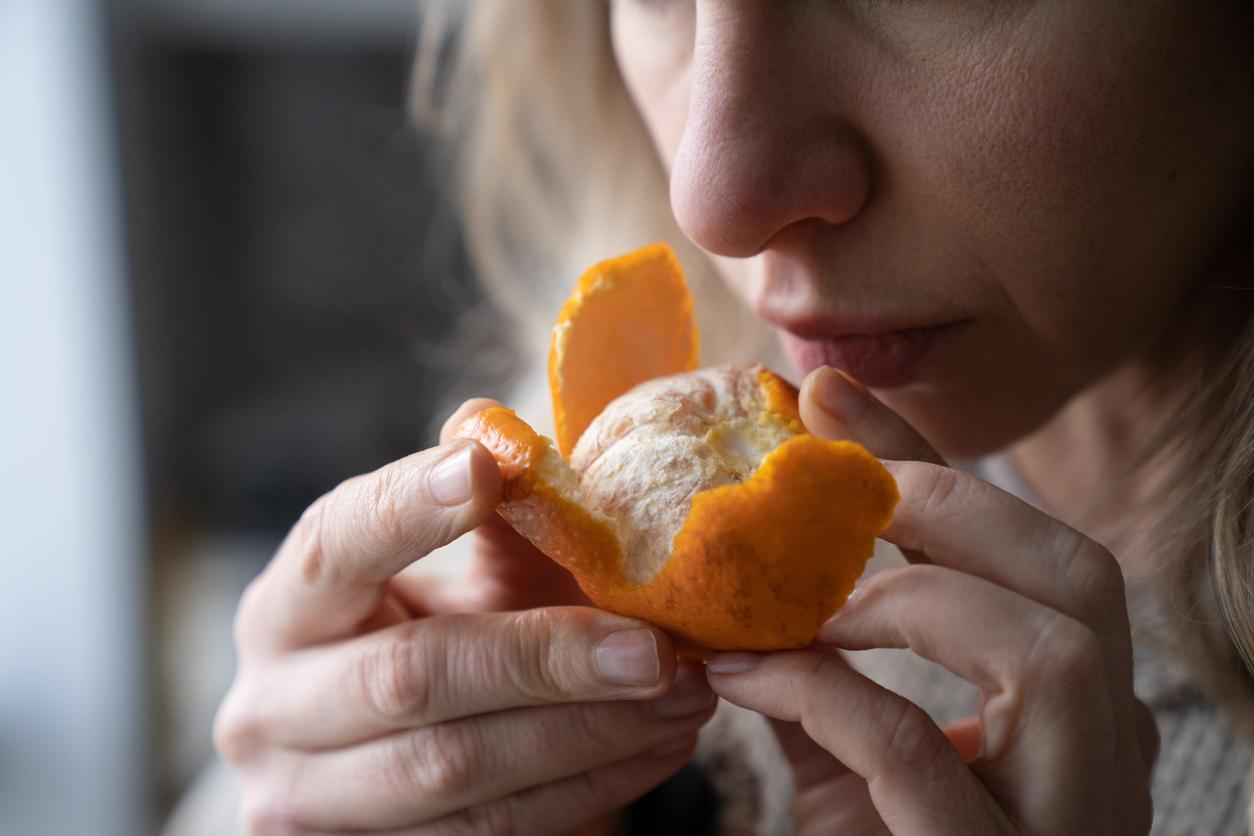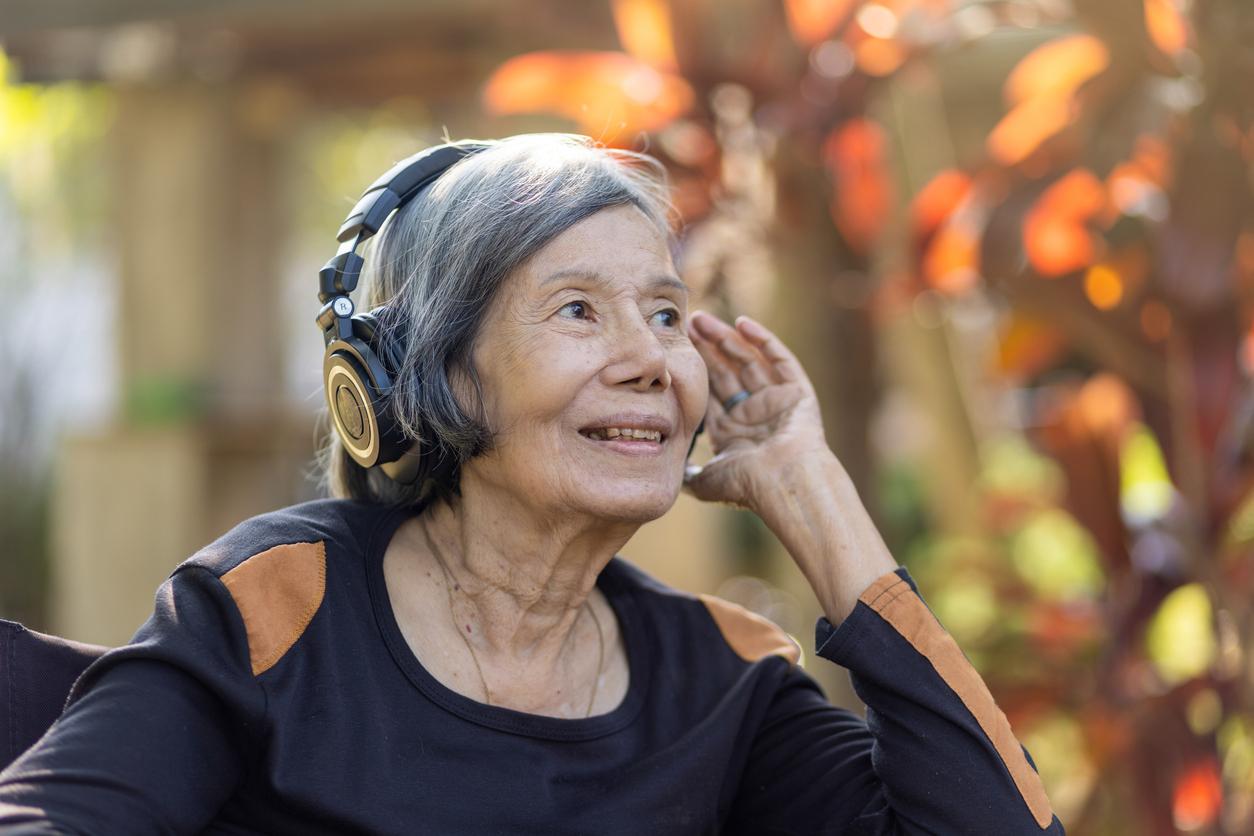American scientists have developed a new treatment to reduce somatic tinnitus, a form linked to physical movements and touch.

- Depending on the patient, tinnitus can take different forms: buzzing, whistling, clicking or chirping.
- American researchers have developed a new therapy to combat somatic tinnitus, a form linked to movement and touch.
- About 60% of volunteers who received the treatment noted a significant reduction in their tinnitus.
Buzzing, whistling, clicking, chirping… Tinnitus is different from one person to another. These auditory sensations can occur suddenly during a particular event (loud concert, stressful episode, etc.), or develop gradually. Tinnitus can worsen with fatigue, stress or changes in head position.
A new treatment for somatic tinnitus
Researchers from the Kresge Hearing Research Institute at the University of Michigan (USA) have studied how the brain records and processes bi-sensory information, in order to develop a therapy that can relieve tinnitus patients. The results of their research have been published in the journal Jama Network Open.
99 people suffering from somatic tinnitus, linked to physical movements and touch, participated in the study. “After enrollment, participants received a wearable device developed and manufactured by in2being, for use at home (…) The devices were programmed to present each participant’s personal tinnitus spectrum, which was combined with electrical stimulation to form a bi-sensory stimulus, while maintaining the blinding of the participants and the study team,” developed Susan Shore, lead author of the research, professor in the Department of Otolaryngology at Michigan Medicine and the Departments of Physiology and Biomedical Engineering at the University of Michigan.
Tinnitus symptoms significantly reduced
In a second phase, the volunteers were randomly assigned to two groups. The first received a bi-sensory or active treatment, and the second received only a sound or control treatment. During the first six weeks, people used their devices for 30 minutes per day. Then, there was a break in use for the next six weeks and finally for the other six weeks, they received treatment that they had not received at the beginning of the study.
Volunteers completed weekly questionnaires assessing the impact of tinnitus on their daily lives as well as the intensity of the noise disturbance.
According to the study results, participants who received the bi-sensory treatment noted an improvement in their quality of life as well as a significant reduction in the intensity of tinnitus. About 60% of the volunteers reported a significant reduction in tinnitus symptoms after the six weeks of active treatment, but not after the control treatment. “This study paves the way for the use of personalized bi-sensory stimulation as an effective treatment for tinnitus, giving hope to millions of people suffering from tinnitus.”concluded Susan Shore.



